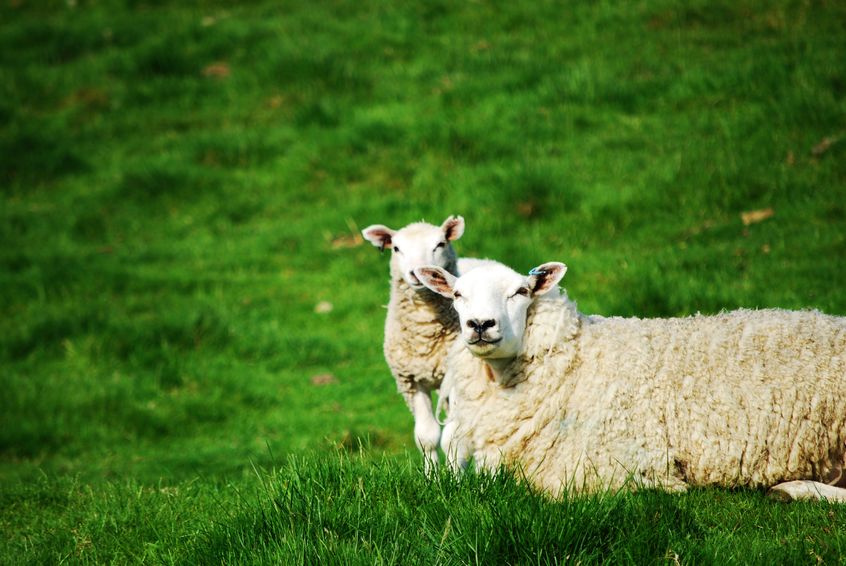
Lameness-related problems and endemic infectious disease continue to be key issues eroding the efficiency of livestock production, a UK-wide survey shows.
The results of a nationwide survey of farmers, stock people and vets on priority livestock diseases and syndromes has been released.
Spearheaded by the Ruminant Health & Welfare (RH&W), it aimed to conclude where a step-change in progress is needed to tackle conditions affecting livestock.
Farmers' sheep disease priorities underlined the threat that common conditions pose to flock health, in particular the pressures of parasitic disease and lameness.
“Perhaps it is not surprising that foot rot scores so highly; nobody can doubt the corrosive impact on body condition and welfare," said Nigel Miller, chair of RH&W.
"There is also the indirect ripple effect which threatens the performance and, at times, the survival of lambs from affected ewes.”
Contagious Ovine Digital Dermatitis (CODD), a lameness disease, also scored highly in the survey.
“This emphasises the severity of the condition and it may indicate its increasing reach into the national flock,” Mr Miller added.
On the cattle side, survey scores confirm both digital dermatitis and Johne’s disease as major threats across sectors.
Infectious Bovine Rhinotracheitis (IBR) and Bovine Viral Diarrhoea (BVD) also rank highly, even though extreme IBR outbreaks appear to be less common and the threat of BVD has subsided due to eradication progress.
“The priority status of viral pneumonia is interesting and pinpoints a recurring threat on many holdings," Mr Miller explained.
"At a time when vaccination programmes are at the centre of the health management debate this may increase interest in that proactive approach.”
The survey, which gained over 600 responses from those at the ‘grassroots’ of the industry, aimed to establish the disease, health and welfare priorities of those who work hands-on with sheep and cattle.
“These results are some of the first that truly take into account those at the coalface of farming, who deal with these diseases and conditions on a daily basis,” said Mr Miller.
“We will now take these results forward to a workshop where priorities will be discussed, existing interventions established and gaps identified where RH&W could facilitate or speed progress and overcome barriers.”
Dr Amey Brassington of AHDB, who analysed the results, said the disparity between vet or consultant and farmer views was one of the most interesting findings.
“These differences of opinion may be a result of vets having a broader range of experience than farmers," she said.
"Equally, vets are only called out to issues that cannot be dealt with by the farmer, which could influence what is seen as the biggest issue. Fly strike is a typical example where farmers lead its treatment.”
Colin Mason, board member of the British Cattle Veterinary Association, said it was reassuring that the survey had confirmed digital dermatitis and lameness among the top issues in cattle.
But he said it was concerning that they remained so damaging: “Equally, fertility, mastitis and youngstock disease continue to be headlines that must be addressed.
"However there is good coherency in the survey between specific diseases and syndromes, for example digital dermatitis to lameness, and viral pneumonia to calf disease, and that only adds to the weight of the findings.”
RH&W said next steps were 'crucial' - to signpost well-established initiatives and identify areas where further co-ordinated effort could make a significant difference.
